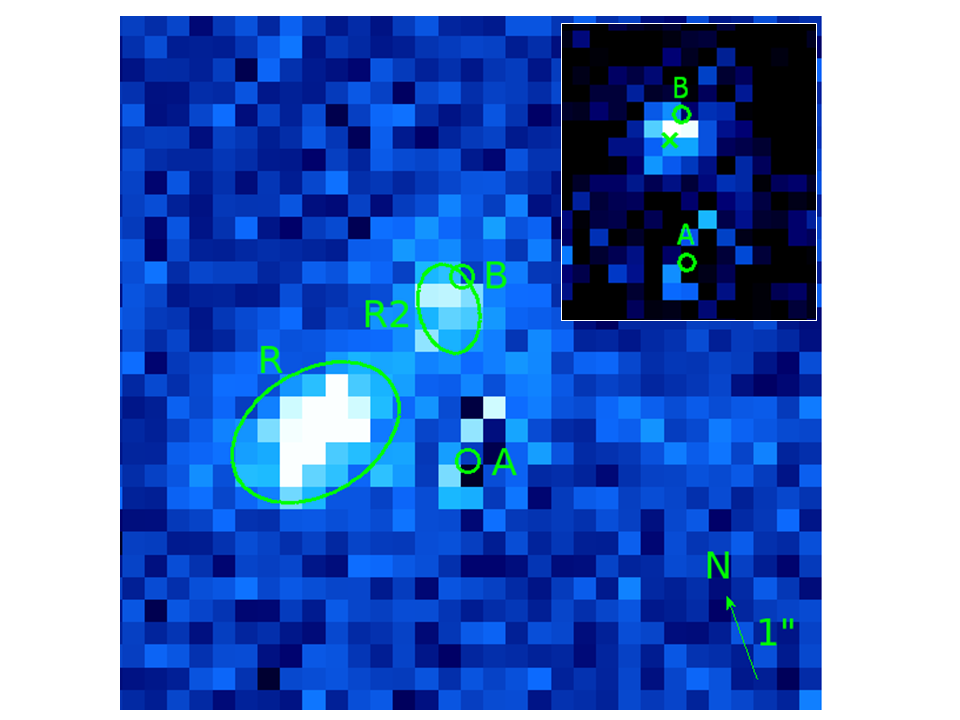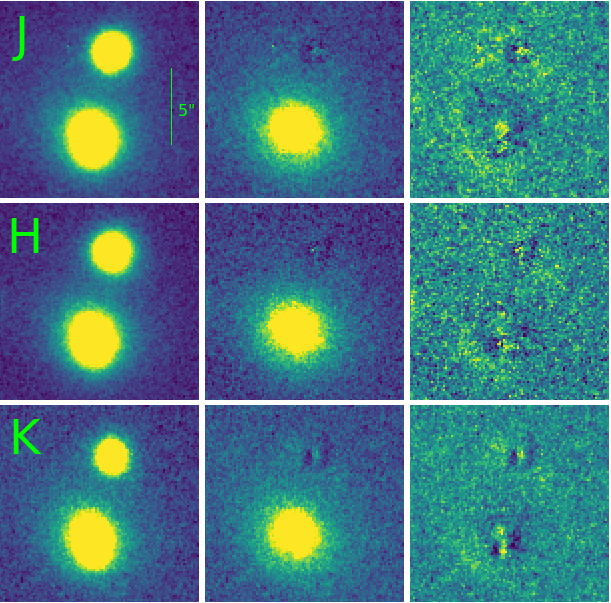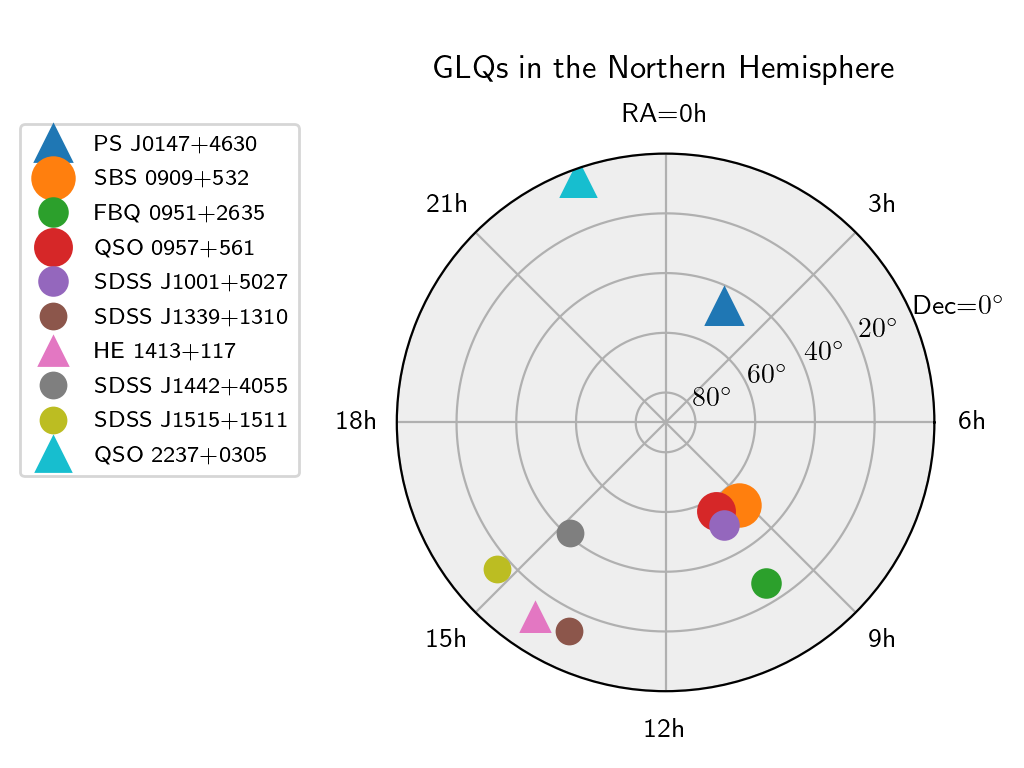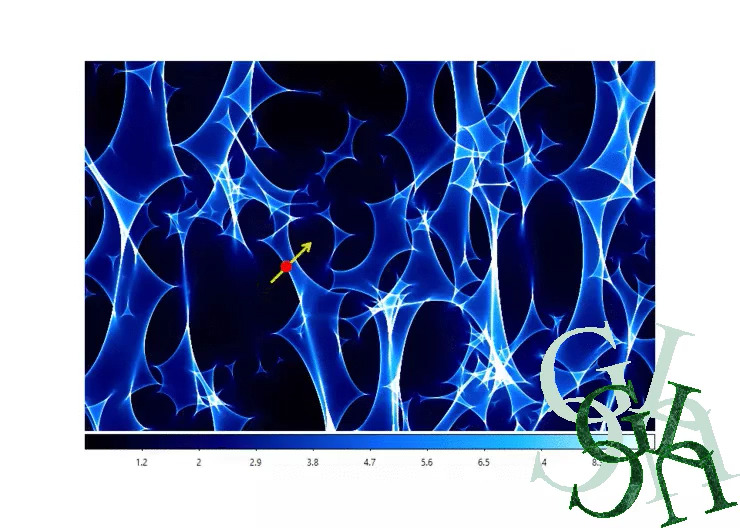Grants AYA2017-89815-P and PID2020-118990GB-I00 funded by


Gravitational lenses as astrophysical tools
When a distant active galactic nucleus (quasar) is located behind a massive galaxy, the gravitational field of the galaxy bends the light from the quasar. The galaxy acts as a «gravitational lens»: two or more light rays from the distant object are deflected towards Earth, so observers see two or more images of the same quasar. Usually, the whole system (lensing galaxy plus lensed quasar) is also called gravitational lens.
A quasar is a very luminous region at the centre of a galaxy. The luminosity excess is thought to be due to the presence of gas and dust around a supermassive black hole. The dark monster is surrounded by an accretion disc containing hot gas and emitting ultraviolet light from its innermost rings. Outer gas clouds are responsible for different emission lines, while a dusty torus produces infrared light. In a gravitational lens system, the light from the quasar crosses different regions of the intervening galaxy, so it is gravitationally affected by the galaxy mass halo. This halo mainly consists of dark matter and stars (luminous matter). Quasar light also suffers absorption and extinction by gas and dust within the galaxy. As a summary, gravitational lenses are powerful tools to study the dark side of the Universe, i.e. supermassive black holes and their environments, dark matter in galaxies, and dark matter/energy in the intergalctic space. Because observations of gravitational lens systems are of extraordinary importance for astrophysics and cosmology, we are constructing and analysing a large database of ten selected objects. This is the GLENDAMA database.



Lentes gravitatorias como herramientas astrofísicas
Cuando un núcleo galáctico activo distante (cuásar) está situado tras una galaxia masiva, el campo gravitatorio de la galaxia curva la luz del cuásar. La galaxia se comporta como una «lente gravitatoria»: dos o mas rayos de luz del objeto distante son desviados hacia la Tierra, de forma que los observadores ven dos o mas imágenes del mismo cuásar. Frecuentemente, también se llama lente gravitatoria al sistema completo (galaxia lente y cuásar sufriendo sus efectos).
Un cuásar es una región muy liminosa en el centro de una galaxia. Se cree que el exceso de luminosidad se debe a la presencia de gas y polvo alrededor de un agujero negro supermasivo. El monstruo oscuro está rodeado por un disco de acreción que contiene gas caliente y emite luz ultravioleta desde sus anillos mas internos. Nubes de gas externas son responsables de diferentes líneas de emisión, mientras que una estructura toroidal polvorienta produce luz infraroja. En un sistema lente gravitatoria, la luz del cuásar atraviesa diferentes regiones de la galaxia interviniendo, y así, sufre los efectos gravitatorios del halo de masa de la galaxia. Este halo consiste principalmente en materia oscura y estrellas (materia luminosa). La luz del cuásar también sufre absorción y extinción por gas y polvo dentro de la galaxia. A modo de resumen, las lentes gravitatorias son herramientas poderosas para estudiar el lado oscuro del Universo, es decir, agujeros negros supermasivos y sus ambientes, la materia oscura en galaxias, y la materia/energía oscura en el espacio intergaláctico. Debido a la extraordinaria importancia que tienen las observaciones de sistemas lente gravitatoria para la astrofísica y la cosmología, estamos construyendo y analizando una amplia base de datos para diez objetos seleccionados. Se trata de la base de datos GLENDAMA.


Liverpool Telescope First to Map Violent Heart of Distant Galaxy
LIVERPOOL TELESCOPE NEWS 12th January 2012

LT tracks rare microlensed quasar
LIVERPOOL TELESCOPE NEWS 18th October 2016

First detection of a double caustic crossing in a microlensed quasar
LIVERPOOL TELESCOPE NEWS 4th July 2020